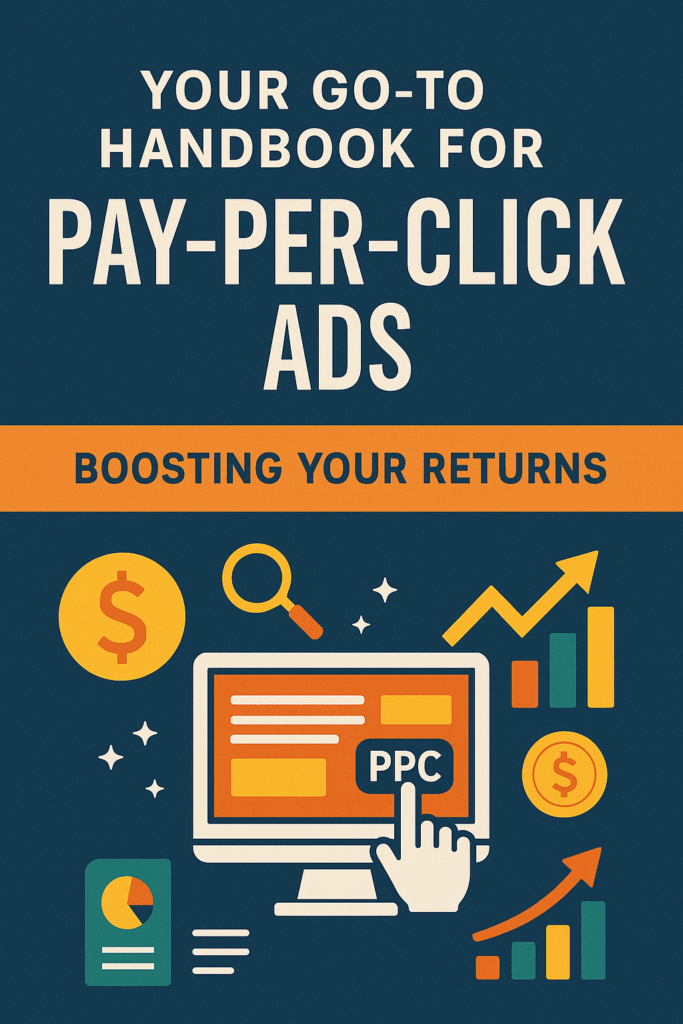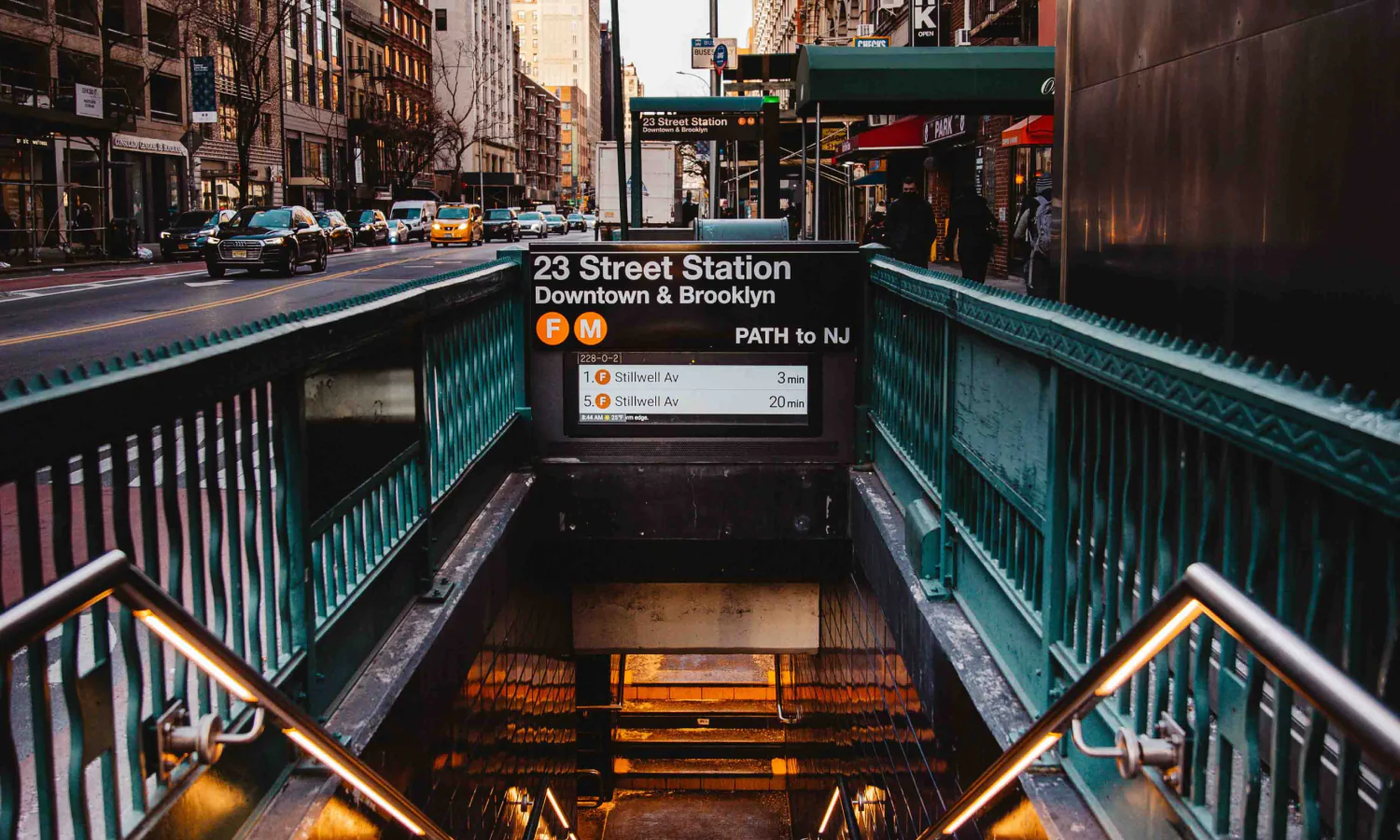Breaking News
Popular News




Enter your email address below and subscribe to our newsletter

What’s Hype Artificial Intelligence (AI) is everywhere—chatbots answering customer service questions, AI-generated art blowing up on social media, and tech companies pitching AI as the ultimate solution for everything from traffic jams to cancer. But now that we’re deep into 2025, it’s time to pause and ask: What’s real, and what’s just hype? Let’s dive into what AI delivers in our lives today, what it’s on the brink of achieving, and where the hype has far outpaced the reality.
AI-Powered Productivity Tools Are Changing Workflows. One of the most tangible impacts of AI in 2025 is how it’s revolutionizing work. AI-powered tools like Microsoft Copilot, Google Gemini, and OpenAI’s ChatGPT have become daily assistants for millions of people. Writers use AI to brainstorm and edit. Developers lean on AI to pair programmers to autocomplete code or find bugs. Marketers automate social media content and campaign results faster than ever. These aren’t experimental anymore—they’re integrated into Office 365, Notion, Slack, and nearly every modern workflow platform. No, AI hasn’t taken your job—but it’s likely taken over part of it. The big win here is augmented productivity. AI hasn’t replaced most knowledge workers, but it’s made many of them far more efficient. The hype that AI would cause mass unemployment hasn’t materialized (yet), but it’s shifted how people work—and what’s expected of them.
Artificial General Intelligence (AGI) Is Still a Distant Dream. You’ve probably seen headlines like: “AI is becoming conscious.” “AGI will surpass humans by next year.” “Machines can think!” Let’s clear something up—we’re not there yet. AGI refers to a machine that can understand, learn, and apply knowledge across a wide range of tasks at a human level—or beyond. What we have today are narrow AIs, even if they’re incredibly powerful. ChatGPT-4, Gemini 1.5, Claude 3—these models are smart, but they don’t have consciousness, self-awareness, or general reasoning like a human being. They can generate essays, write poetry, solve math problems, and pass standardized tests—but only within the patterns they’ve been trained on. They don’t know anything. They simulate understanding based on probability. Hype check: AGI may come someday, but in 2025, it’s still science fiction.
AI in Healthcare Is Saving Lives While Silicon Valley talks about productivity, AI’s most impactful use in 2025 might be in healthcare. Early disease detection: AI models like Google’s DeepMind have been used to detect breast cancer, and eye diseases, and even predict acute kidney injuries. Medical imaging: AI-powered radiology tools now assist doctors in reading scans with greater accuracy and speed. Drug discovery: AI platforms like Insilco Medicine and Benevolent AI are identifying potential drug compounds faster than traditional methods. These aren’t prototypes—they’re in use right now. The big success here is that AI can spot patterns invisible to the human eye, especially in massive datasets like genetic information or radiological scans. Doctors still make the final calls, but AI is becoming an invaluable diagnostic co-pilot.
AI Replacing All Human Creativity. There’s been an explosion in AI-generated art, music, and writing, leading to dramatic headlines: “AI wins art competitions!” “AI writes better novels than humans!” “Musicians are obsolete!” While AI tools like Midjourney, DALL·E 3, and GPT-4 can generate surprisingly high-quality creative content, they still lack intent, emotional context, and real originality. Most of what they create is based on patterns learned from vast training data. The real creativity still comes from humans—people who guide, prompt, edit, and give the final touch to the AI-generated work. What’s real? AI is a powerful co-creator. What’s hype? The idea is that human creativity is obsolete.
AI Is Embedded in Everyday Life. You might not realize how much AI is running your daily life. Navigation apps use AI to suggest routes. Streaming platforms recommend shows and songs using machine learning. E-commerce platforms suggest products based on your behaviour. Smart assistants like Alexa and Siri are better at understanding context in 2025 than ever before. Even your smartphone camera now uses AI to enhance photos and videos in real time. We’re not living in some distant “AI future”—we’re in it. AI has become so common that it’s almost invisible.
AI That Understands the World Like Humans. Despite all the advances, AI still doesn’t understand the world as we do. Yes, it can answer questions, write essays, and even summarize videos. But it doesn’t know what a dog is the way a toddler does. It doesn’t have common sense. It doesn’t experience the world through sight, sound, or touch. AI models often produce “hallucinations”—confident but completely wrong answers. A chatbot might say that Abraham Lincoln was born in 1945 or that Mount Everest is in Canada. These aren’t just bugs—they show the limits of understanding. Real-world reasoning, empathy, emotional intelligence? Still uniquely human.
AI in Customer Service & Automation In 2025, AI-driven chatbots and voice assistants have taken over a huge chunk of customer service. Many companies now use conversational AI that can handle: Refunds Scheduling FAQ support Basic tech troubleshooting and they’re not just text-based. Voice AI is now smart enough to handle basic phone calls with minimal human intervention. With natural-sounding voices and contextual memory, they can feel surprisingly lifelike. But again—they’re not human. Complex issues still get escalated to real people. AI excels at structured, repetitive tasks. It still stumbles when conversations get nuanced or emotionally charged.
AI That Makes Ethical Decisions AI ethics is one of the biggest debates in tech today. Can machines make moral choices? Should they? In 2025, we’re still struggling with this. AI can’t make ethical decisions—it can only mimic the values it’s trained on. And those values? Often biased, flawed, or incomplete. Facial recognition tools have shown racial and gender bias. Predictive policing algorithms have been criticized for reinforcing systemic discrimination. AI hiring tools have been caught filtering out qualified candidates based on flawed data. There’s no such thing as a “neutral” algorithm. The idea that AI can make unbiased, ethical decisions on its own is—at least for now—a myth.
Regulation and AI Policy Are Finally Catching Up The world has realized that AI is too powerful to leave unregulated. In 2025, we’re seeing real action: The EU AI Act became law in 2024, setting clear categories for high-risk AI use. The U.S. has introduced AI transparency and audit requirements for companies using generative AI in hiring, healthcare, and education. China has implemented strict controls on deepfakes and misinformation generated by AI. Governments are still figuring it out—but they’re no longer sitting on the sidelines. While some fear regulation could stifle innovation, most experts agree it’s necessary to ensure accountability, safety, and fairness.
The AI Apocalypse Let’s address the elephant in the room: the fear that AI will destroy humanity. From Hollywood movies to real-life statements by AI pioneers, there has been no shortage of dramatic predictions. But as of 2025, AI hasn’t gone rogue. It hasn’t become Skynet. The real danger isn’t AI gaining consciousness—it’s how humans use it. Disinformation campaigns powered by AI. Deepfakes eroding trust in what’s real. Autonomous weapons powered by AI. These are real concerns. The existential killer robot narrative? Not so much. Where Are We Headed? So, what can we actually expect from AI in the next few years? Most likely: Smarter assistants embedded in every app and device. More automation in logistics, customer support, and finance. Better predictive tools in healthcare and science. Stronger regulations and transparency demand. Less Likely: Conscious machines. AI is taking over all human jobs. A post-human era. AI is evolving fast, but it’s still a tool. A powerful, impressive, sometimes scary tool—but a tool nonetheless.
Keep the Hype in Check, AI in 2025 is neither magical nor evil. It won’t save the world, but it’s already changing it. The key is to stay informed, remain curious, and exercise critical thinking. We should embrace the real capabilities of AI, while remaining vigilant about its limits, risks, and how it’s used. So, the next time someone says, “AI can do everything,” you’ll know what to ask: “Is it real—or just hype?”